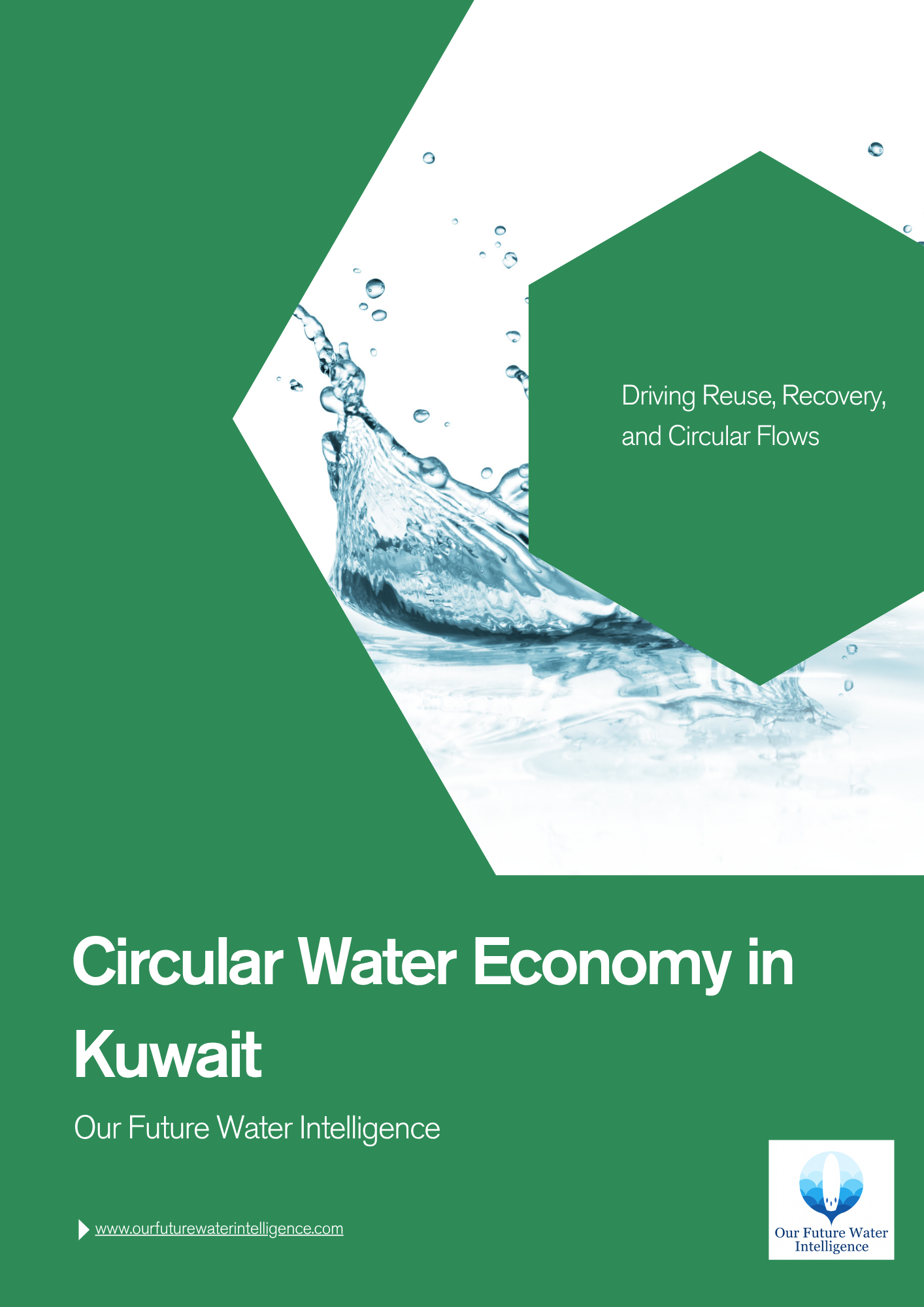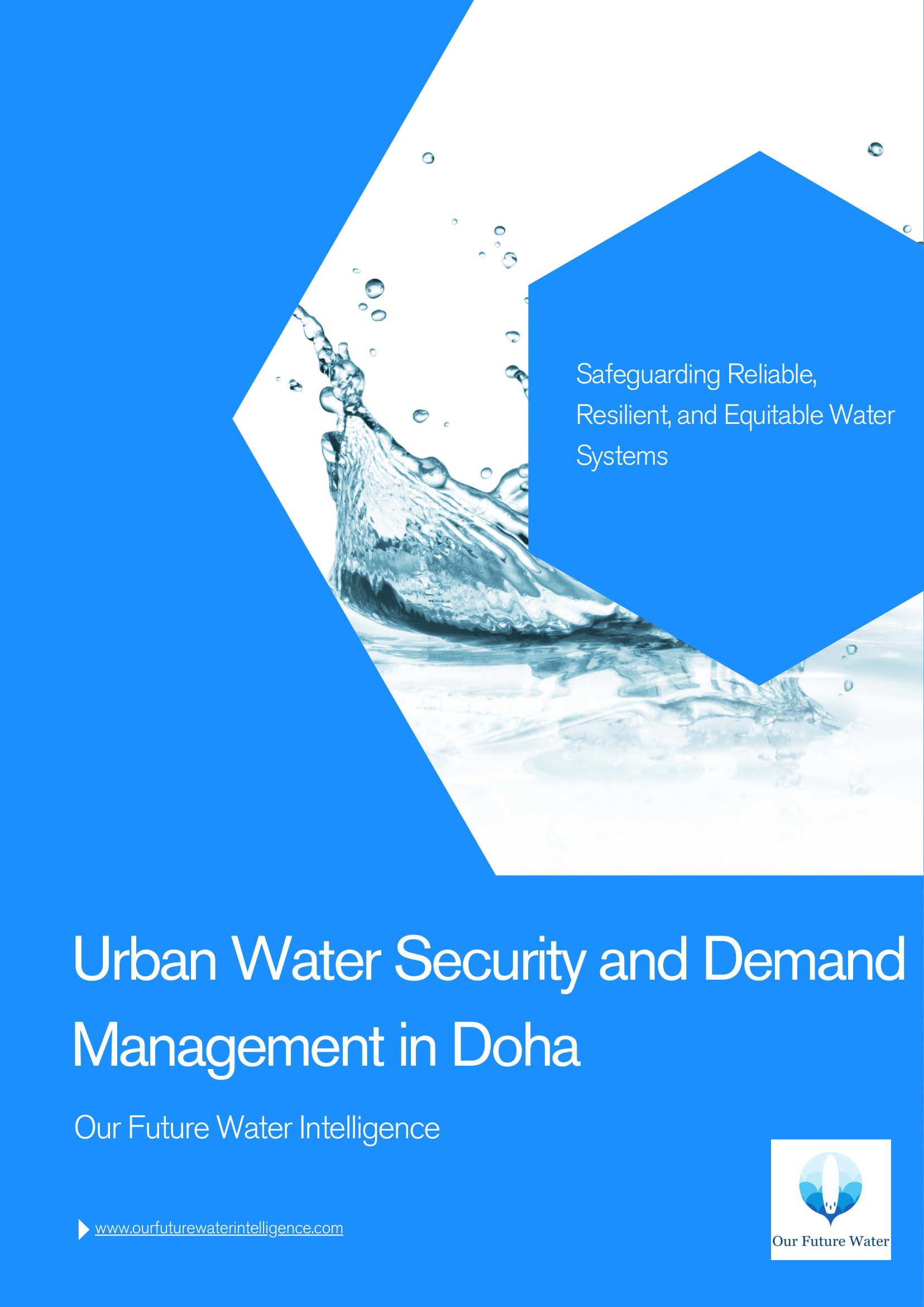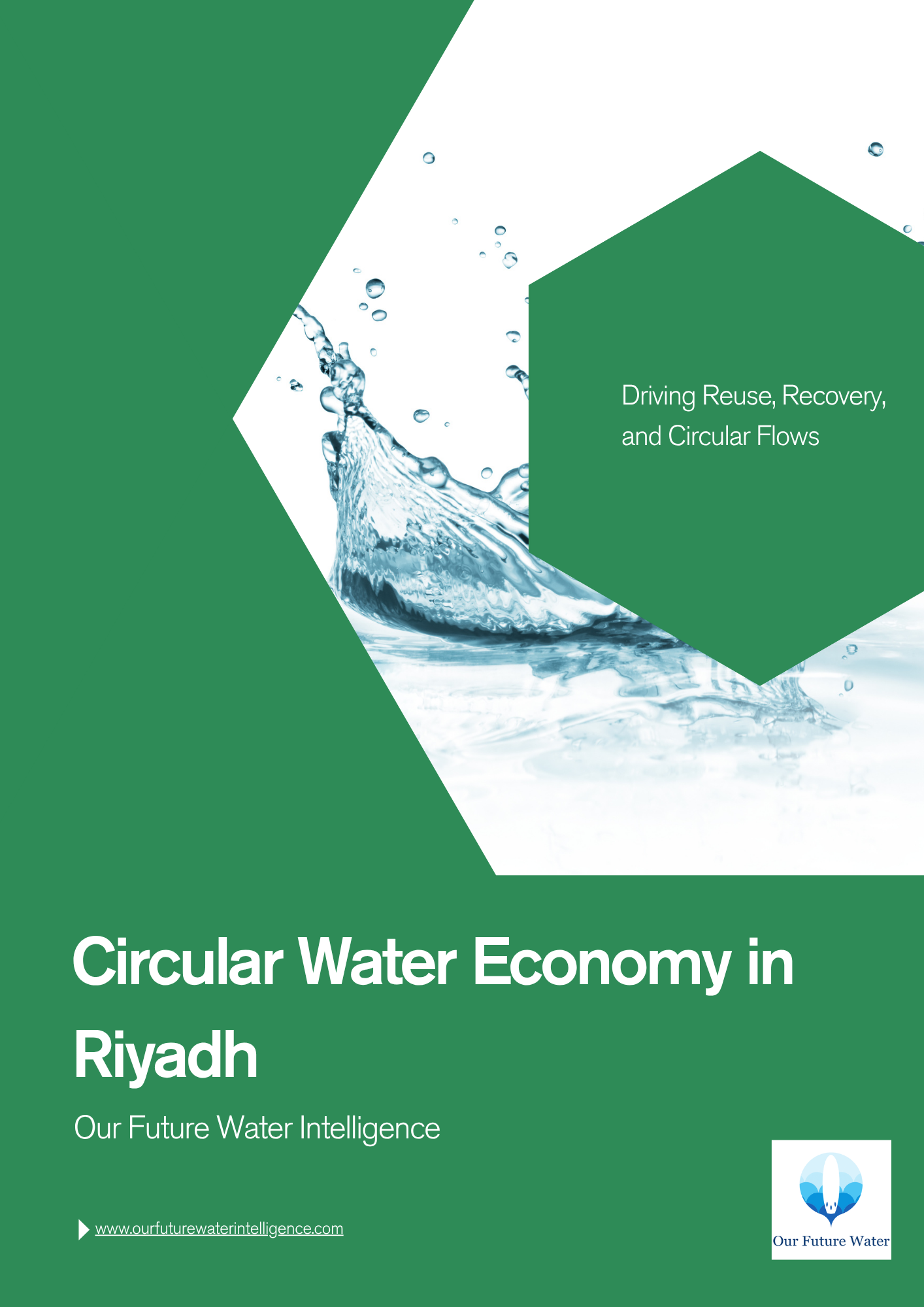
Muscat Water System Brief: Governance, Infrastructure, Desalination, and Climate Resilience
Muscat’s Water Security and Infrastructure Transformation Unveiled: New City Water System Brief from Our Future Water Details Governance, Investment, and Climate Resilience
Our Future Water Intelligence has released the Muscat Water System Brief: Comprehensive Profile of Muscat’s Water Systems, Governance, and Infrastructure. Authored by Robert C. Brears, Founder of Our Future Water Intelligence and a leading voice on global water security with publications from Oxford University Press, Palgrave, and Springer Nature, this City Water System Brief delivers an authoritative, data-driven overview of Muscat’s water sector at a decisive moment for Oman’s capital city.
Key Findings
• Muscat’s peak water demand is projected to rise from 689,000 m³/day (2022) to 732,000 m³/day (2029), with the Ghubrah III IWP (300,000 m³/day, Q1 2027) critical to closing projected supply gaps.
• Non-Revenue Water (NRW) stood at 39.6% in 2023 (177.79 million m³), prompting Nama Water Services (NWS) to deploy over 320,000 smart meters and advanced leak detection to reach a 10% target by 2036.
• More than OMR 700 million in strategic projects are underway to reinforce networks, expand service coverage, and secure long-term supply for rapidly growing districts such as Al-Seeb.
• To diversify beyond seawater desalination, the Wadi Dayqah Dam Purification Plant (65,000 m³/day, PPP) will supply potable and irrigation water, while Muscat targets 100 million m³ of treated wastewater reuse by 2030.
• Climate risks are acute: around 45% of Muscat is exposed to wadi flooding and 20% to coastal flooding. Stormwater projects such as the Bowsher Channel and Al Jiffnain Diversion are critical to resilience.
Expert Insight
“Muscat’s water sector stands at the forefront of Oman Vision 2040 with an ambitious agenda of resilience, diversification, and digital transformation,” said Robert C. Brears, Founder of Our Future Water Intelligence. “The combination of major infrastructure investments, green desalination, and governance reforms ensures Muscat is preparing for the dual challenges of escalating demand and intensifying climate risks.”
What’s Inside the Report
• Comprehensive profile of Muscat’s water resources, demand trends, and diversification strategy.
• Governance and regulatory framework covering Nama Water Services, APSR, and PPP procurement models.
• Infrastructure review of desalination facilities (Barka IV, Barka V, Ghubrah II/III, Qurayyat), wastewater systems, and stormwater management.
• Strategic outlook assessing climate vulnerability, financing needs, NRW reduction pathways, and renewable integration.
• Priority actions highlighting tariff reforms, smart water technologies, and expanded reuse.
Why This Report Matters
As Oman’s capital and primary demand hub, Muscat’s water security underpins national stability and economic resilience. Escalating urban growth, extreme climate pressures, and high reliance on desalination create systemic risks that demand decisive action. This Brief provides policymakers, investors, and professionals with the intelligence needed to accelerate NRW reduction, strengthen infrastructure, and align Muscat’s water governance with long-term sustainability goals.



